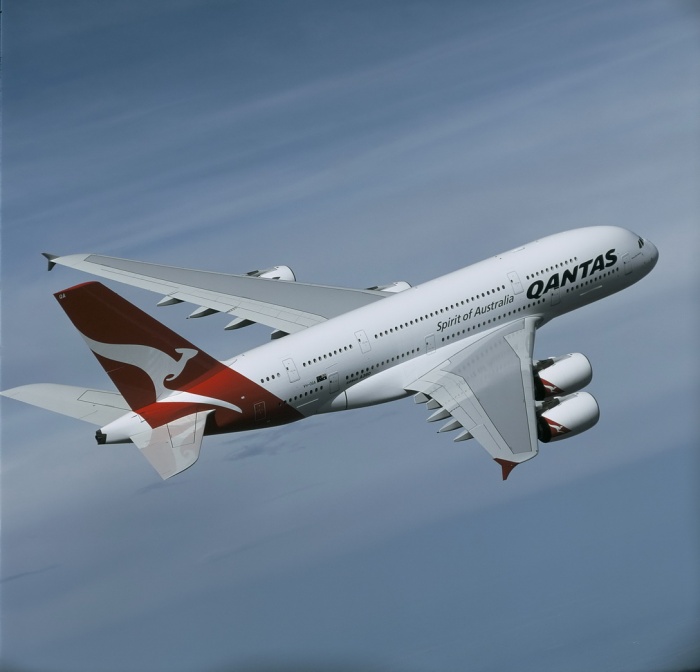
Rising fuel prices drive down profits at Qantas Group
Qantas Group has delivered underlying profit before tax of A$780 million, down A$179 million on the record figure recorded last year.
The figure comes despite a A$416 million, or 27 per cent, increase in fuel bills at the Australian flag-carrier.
Reducing the gap between the increased fuel bill and fall in earnings shows that the group succeeded in substantially recovering much of the higher fuel cost through a 5.7 per cent increase in unit revenue, which was helped by disciplined capacity management, Qantas said.
This strong revenue performance also helped the group deal with a rise in non-fuel costs, including the impact of a weaker Australian dollar and higher commission costs.
Qantas Group chief executive, Alan Joyce, said: “We are really pleased with how the business responded to the challenges and opportunities we saw in the half.
ADVERTISEMENT
“Our dual brand strategy with Qantas and Jetstar in the domestic market meant these segments delivered another set of record earnings.
“Across our network, capacity is broadly meeting demand, including shifts to capitalise on the continued strength of the resources sector.”
Group Domestic achieved another record profit, up one per cent to A$659 million, made up of record earnings from both Qantas and Jetstar.
Jetstar’s record domestic result was helped by an increase of average load factor to 87.8 and an 11 per cent increase in ancillary revenue per passenger.
“Higher oil prices were a significant headwind and we moved quickly to recover as much of the cost as we could,” added Joyce.
“That’s easier to achieve in the domestic market than on longer international routes, where fuel is a much bigger factor, and that’s reflected in the segment results we’re reporting today.
“We also saw an increase in selling costs, simply due to the commissions associated with the 6 per cent rise in revenue, as well as costs linked to a weaker Australian dollar.”
Qantas International’s revenue increased by almost seven per cent to A$3.7 billion but EBIT declined by 60 per cent to A$90 million, largely due to a rapid rise in fuel costs (up by A$219 million for the half).
Joyce continued: “Importantly, we made good progress against our longer-term strategy.
“More 787s arrived and more 747s are being retired; loyalty continued to diversify with new revenue streams to deliver another record result; and we started or completed several lounge upgrades to help maintain the revenue premium Qantas achieves.”
Benefits from the introduction of the Dreamliner into Qantas International continued to flow, as did the upside from hub and network changes.
Load factor grew by one percentage point to 85.5 per cent and capacity growth rate moderated to 1.3 per cent in a market that grew by 3.8 per cent.

